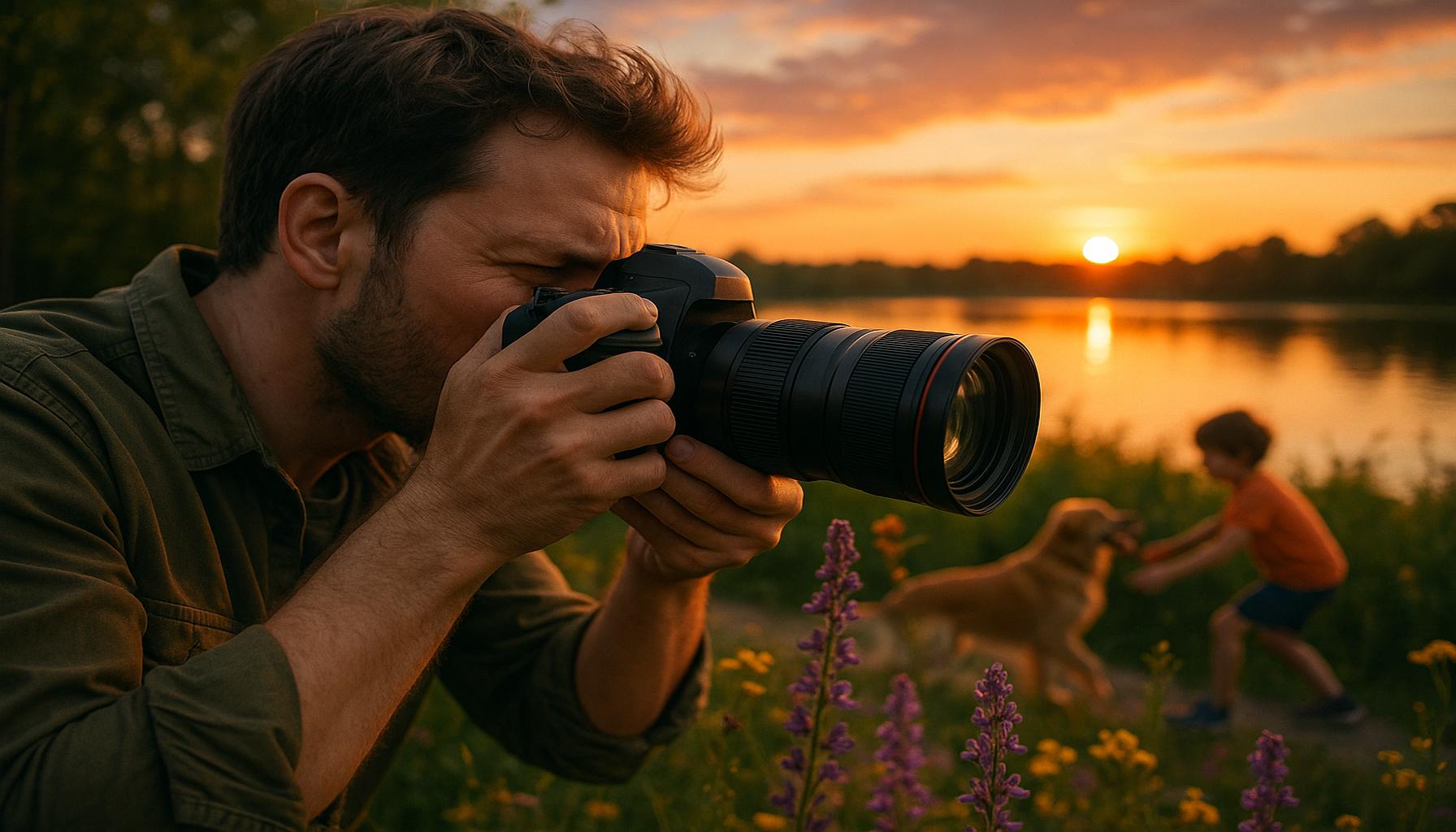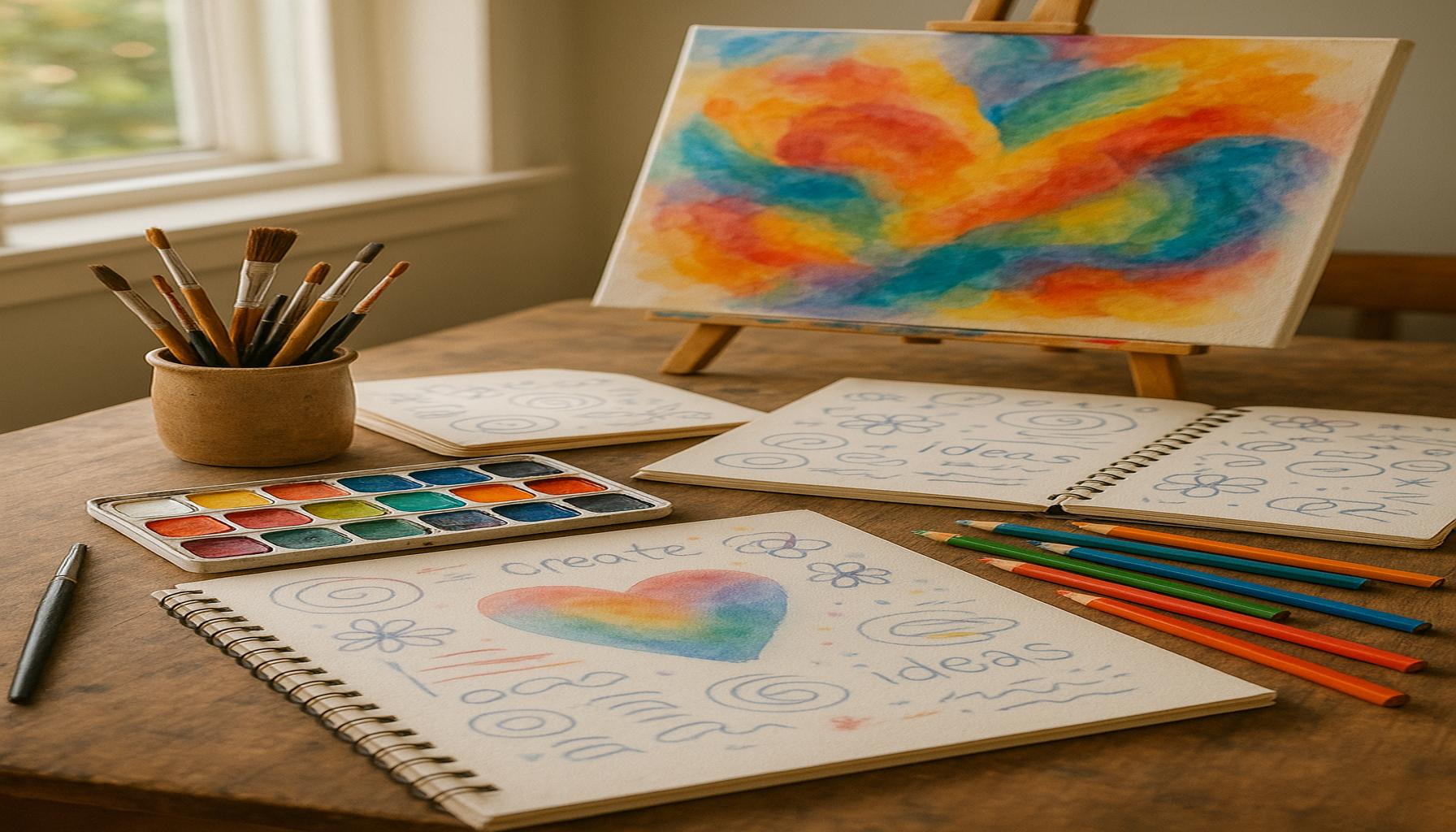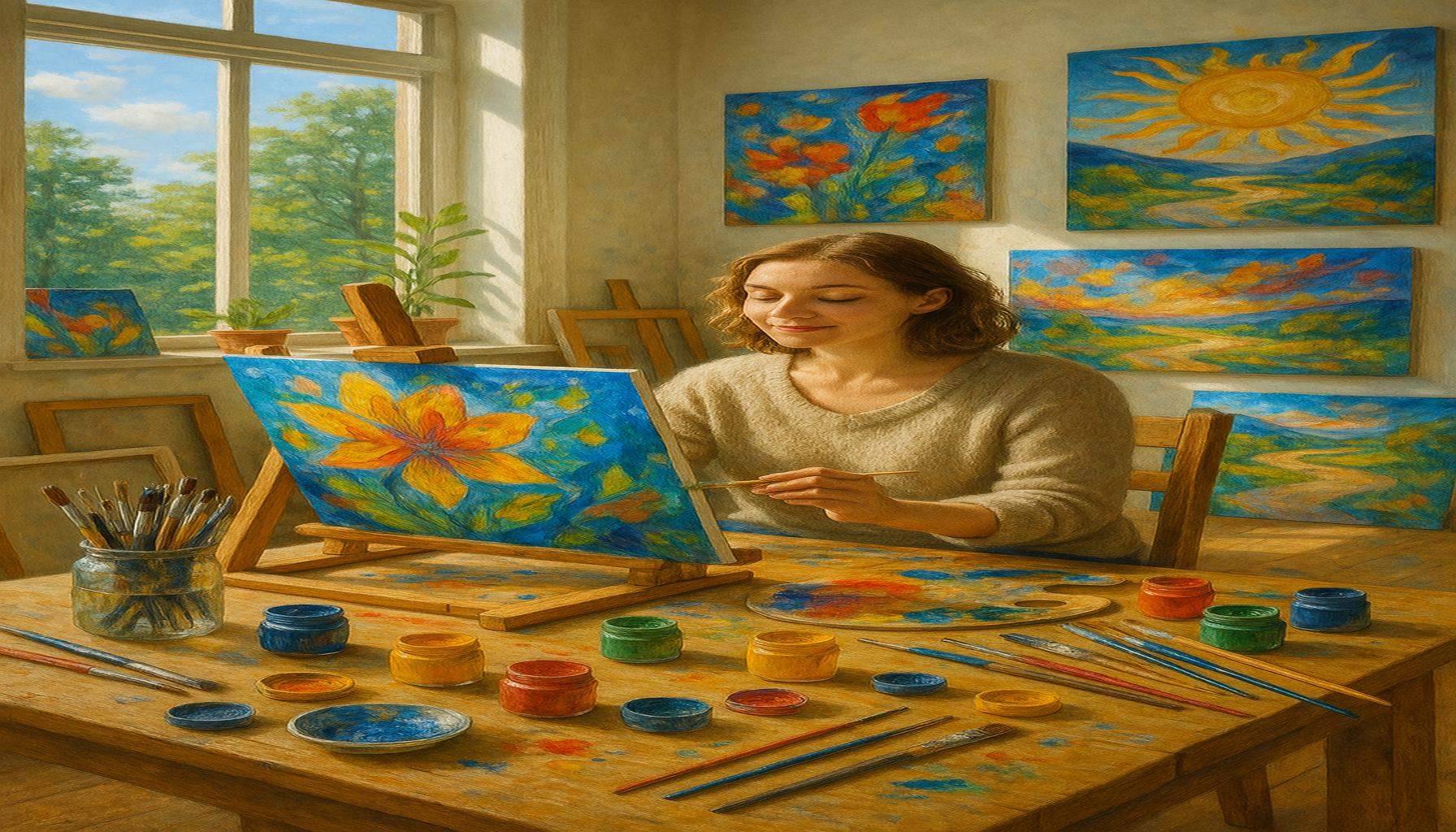Exploring New Painting Techniques: From Classic to Modern in Creative Hobbies
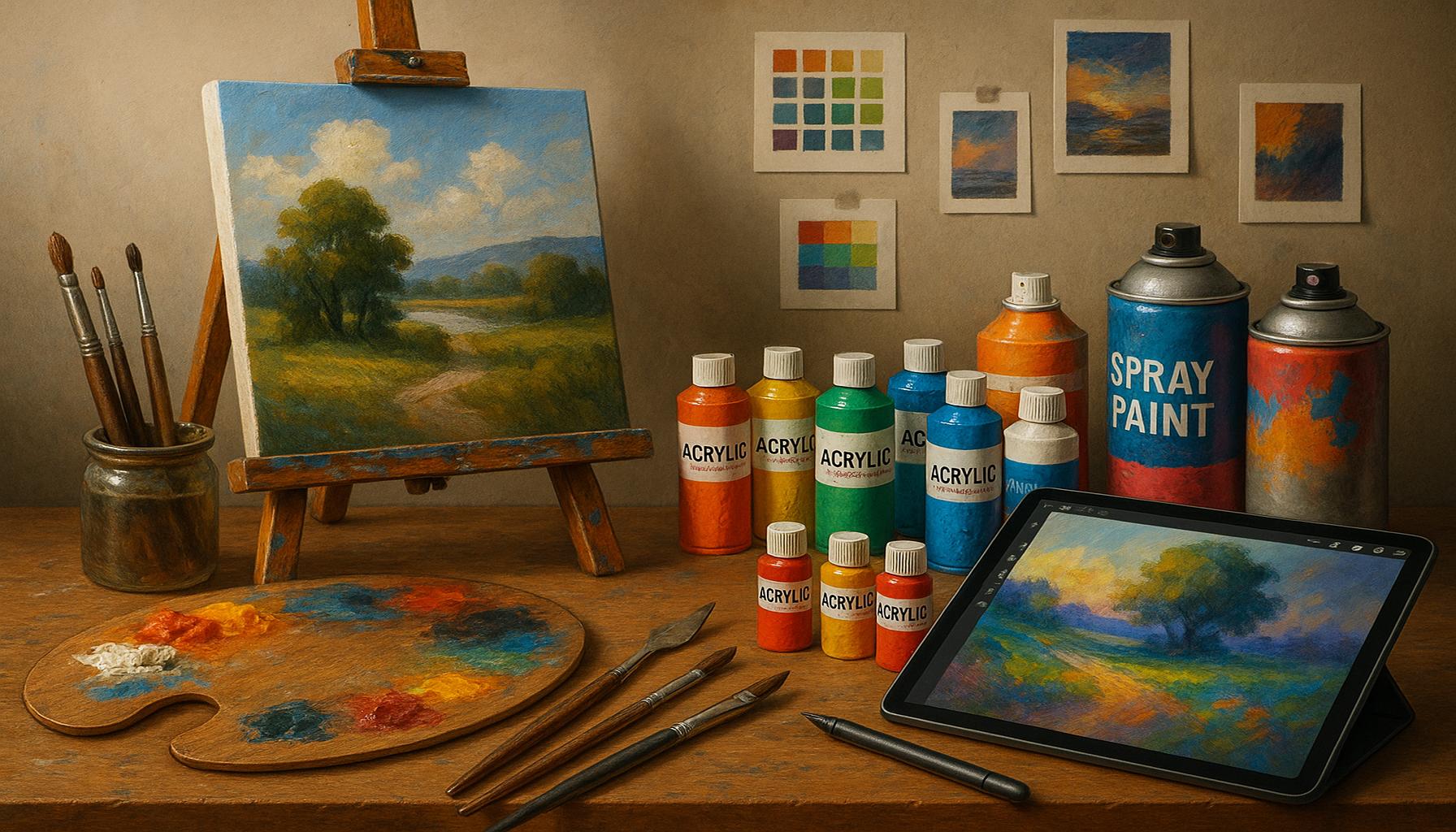
Unleashing Creativity with Diverse Painting Techniques
In the vibrant world of art, painting techniques serve as gateways to self-expression and creativity. Both aspiring and seasoned artists are constantly on the lookout for fresh approaches that challenge their boundaries and deepen their skills. From timeless methods to innovative styles, there is a wealth of techniques waiting to be discovered and embraced. This exploration not only enriches the artist’s portfolio but also broadens their understanding of the artistic process itself.
Classic Techniques Worth Revisiting
Many traditional painting methods continue to inspire artists today. Here are a few classic techniques that remain relevant:
- Oil Painting – Known for its rich colors and textures, oil paint is beloved by many artists for its versatility. Its slow drying time allows for blending and glazing techniques, where layers of paint create depth and complexity. Famous artists like Van Gogh and Rembrandt have masterfully harnessed this technique to create iconic works that still resonate.
- Acrylics – This medium is especially popular among contemporary artists for its adaptability. Quick-drying acrylics can mimic the appearance of both oil and watercolors, making them suitable for a variety of styles. Artists like David Hockney have made great use of acrylics to produce bright, bold compositions that captivate viewers.
- Watercolor – This delicate medium allows for soft washes and intricate detailing, making it a favorite for landscape and botanical art. Watercolor techniques such as wet-on-wet or dry brushing provide unique effects and textures. Artists like Winslow Homer have showcased the power of watercolor to evoke emotion and atmosphere in their works.
Modern Techniques Shaping the Future
Contemporary painting techniques have also emerged, bringing new life and excitement to the art scene. Consider exploring:
- Digital Painting – Utilizing technology, artists create stunning visuals through software like Adobe Photoshop or Procreate. This medium allows artists to experiment with colors and techniques without the constraints of traditional surfaces. Artists such as Claire Hummel have gained recognition for their breathtaking digital illustrations that blur the line between technology and traditional art.
- Mixed Media – Combining various materials such as paper, fabric, and found objects opens up unique and innovative possibilities. This technique enables artists to explore different textures and layers, resulting in multifaceted pieces. The works of artists like Robert Rauschenberg exemplify how mixed media can tell complex stories.
- Fluid Art – This method focuses on the movement of paint to create mesmerizing patterns and designs. Techniques like pouring and swirling paint can result in striking abstract artworks. The vibrant works of artists like Peter Vink demonstrate how fluid art transcends traditional boundaries by incorporating motion and unpredictability.
As you journey through these diverse methods, you’ll not only enhance your skills but also discover your personal style. Engaging with both classic and modern techniques allows for a deeper appreciation of the art form. Whether you find yourself drawn to the textured layers of oil or the vibrant spontaneity of fluid art, embrace the possibilities that painting offers and let your imagination soar. With each brushstroke, you contribute to a rich tapestry of artistry that spans generations.
DIVE DEEPER: Click here to discover more
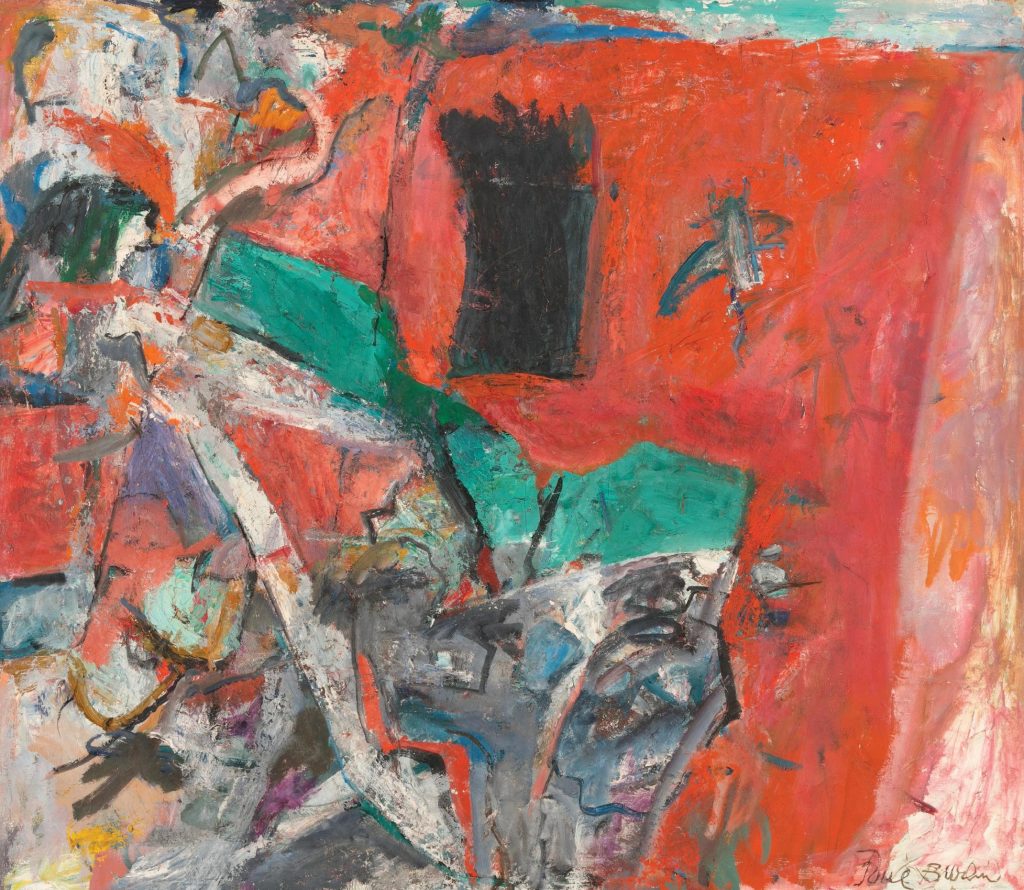
Tradition Meets Innovation: The Evolution of Painting Techniques
The world of painting is a fascinating tapestry woven from centuries of traditions and contemporary innovations. As artists, whether novice or experienced, delve into the realms of their creativity, they often find inspiration in the methods used by those who came before them, while simultaneously exploring cutting-edge techniques that can redefine the art form. This interplay between classic and modern approaches not only serves as a foundation for artistic growth but also sparks new waves of creativity in various creative hobbies.
Reviving Time-Honored Techniques
Classic painting techniques provide a solid bedrock for any artist seeking to hone their skills or revitalize their craft. Here are some enduring methods that have continued to captivate artists:
- Fresco – An ancient method where pigments are applied to freshly laid wet plaster, fresco painting creates a durable artwork as the wall dries. Artists like Michelangelo perfected this technique in his iconic Sistine Chapel ceiling, demonstrating its capacity for grandeur and detail.
- Pastels – This medium, celebrated for its vibrant color and soft texture, offers artists a unique experience. Pastel painting allows for easy blending and layering, making it a popular choice for portrait creators and landscape artists alike. Renoir and Degas are noted for their exquisite pastel works, showcasing its brilliance and fluidity.
- Encaustic Art – Combining pigment with hot wax, encaustic painting creates luminous and textured effects. This technique, utilized by artists like Jasper Johns, allows for incredible layering and mixed media possibilities, pushing the boundaries of how paint can be applied and perceived.
Embracing Contemporary Practices
As the art landscape continues to evolve, several modern techniques have emerged, offering exciting opportunities for artistic expression. Here are a few noteworthy methods worth exploring:
- Spray Paint Art – Popularized by street artists and graffiti creators, spray paint can create both intricate and broad designs. This fast-drying medium allows artists to experiment with layering and even create 3D effects, as seen in the works of Banksy and Shepard Fairey.
- Bokeh Painting – Inspired by photography, this technique uses blurred spots of color to create dreamy, ethereal landscapes. Artists who employ this method often take inspiration from nature, resulting in soft, atmospheric pieces that evoke a sense of tranquility.
- Augmented Reality (AR) Painting – Blending technology with creativity, AR painting allows artists to interact with their work in a digital environment. Using apps and software, artists can overlay their creations with digital enhancements, elevating the viewer’s experience and introducing an element of motion and interactivity.
By revisiting classic painting techniques while embracing the innovations of modern art, artists open themselves to broader interpretations and explorations within their creative hobbies. This fusion of past and present embodies the spirit of artistic evolution, allowing for a deeper understanding of one’s own practice, and encouraging a pursuit of personal aesthetics that resonates with the ever-changing landscape of the art world.
Exploring new painting techniques opens a vibrant world for artists, whether they are seasoned pros or enthusiastic beginners. By blending classic methods with modern innovations, creative individuals can enhance their artistic expression and expand their creative horizons.One of the most exciting aspects of experimenting with various painting techniques is the opportunity to discover your unique style. Traditional techniques like oil and watercolor provide a rich foundation, allowing artists to hone their skills in color blending and brushwork. These classic methods create depth and texture, essential elements in a compelling artwork. On the other hand, modern techniques, such as acrylic pouring and using mixed media, introduce a bold dimension. Acrylic pouring can produce striking, abstract outcomes that encourage spontaneity and experimentation. Artists can intertwine various media – from incorporating textured pastes to adding glitter or even digital elements – creating a multi-layered approach that captivates viewers. Moreover, the shift from conventional to contemporary allows artists to communicate themes relevant to today’s society, addressing issues like sustainability, self-expression, and cultural identity. For example, eco-friendly paints and materials have emerged, reflecting a growing consciousness about the environment within the artistic community.Many workshops and online courses are now readily available, empowering individuals to dive into these techniques with expert guidance. Community platforms also encourage artists to share their journeys, providing insight and inspiration from diverse perspectives. Overall, the fusion of classic and modern painting techniques not only revitalizes artistic practices but also fosters a dynamic exchange of ideas in the art world, inviting every artist to embark on their personal journey of creation and innovation. To further entice budding artists into this explorative realm, the following table highlights some advantages of blending these painting styles.
| Technique Type | Advantages |
|---|---|
| Classic Techniques | Deep Color Understanding and mastery over traditional skills enhance overall artwork quality. |
| Modern Techniques | Innovative Expression through new mediums fosters contemporary relevance and audience engagement. |
This synthesis of old and new ultimately enriches the painting experience, enabling artists to evolve continuously and push the boundaries of creativity. The journey of exploring painting techniques, therefore, is not just about creating art but also about discovering oneself and engaging with the world through a unique lens.
DISCOVER MORE: Click here to dive into the world of urban street photography
Bridging the Gap: The Intersection of Traditional and Digital Art
As the art community continues to flourish, the amalgamation of traditional methods and digital innovations has sparked an incredible evolution in painting techniques. Artists are now empowered to blend these styles, resulting in captivating new forms of creative expression that inspire both recreation and professional growth in the art world.
Mixed Media Mashups
One of the most exciting developments in contemporary art is the rise of mixed media painting. This technique encourages artists to combine various materials and mediums to create unique visual experiences. From collaging photographs with paint to incorporating found objects, mixed media enhances depth and texture in artworks. Artists like Robert Rauschenberg paved the way for this genre, demonstrating that barriers between painting and other artistic forms could be broken.
- Textural Layers – Adding elements such as sand, fabric, or even metal can create visual and tactile intrigue. Each layer, whether translucent or opaque, contributes to the final piece, infusing it with meaning and complexity.
- Digital Elements – Artists are incorporating digital prints or illustrations into their paintings, merging traditional brushwork with modern technology. This combination allows a broader vocabulary of colors and forms, enhancing the overall narrative of the piece.
The Impact of Social Media on Artistic Techniques
The advent of social media has revolutionized how artists discover, share, and promote their work. Platforms like Instagram and Pinterest allow for instant access to diverse styles and techniques, fostering an environment of learning and inspiration.
- Creative Challenges – Many artists participate in monthly challenges where they explore new themes or techniques, often using hashtags to share their progress and results. For example, “Inktober” encourages artists to create illustrations using ink, inspiring techniques that blend contrast with spontaneity.
- Tutorial Influences – Online platforms, particularly video sites, have enabled artists to learn new techniques directly from seasoned professionals. Tutorials range from basic brush strokes to advanced layering techniques and even digital arts, making it easier for aspiring artists to expand their skill set.
The Rise of Eco-Friendly Practices
A growing awareness around environmental issues has also influenced painting methods, with many artists turning to eco-friendly materials. This shift not only enhances creativity but also aligns with a commitment to sustainability.
- Nontoxic Paints – Artists are increasingly opting for paints made from natural ingredients, ensuring their work is safer for the environment and creators alike. Brands that produce plant-based and biodegradable options are gaining popularity.
- Recycled Materials – Using recycled canvases or repurposed wood and metal can lead to unique works that tell a story beyond mere aesthetics, promoting a dialogue on sustainability within the art community.
This exploration of new painting techniques demonstrates how both classic and modern methods play a crucial role in evolving creative hobbies. By intertwining traditional practices with contemporary advances, artists push the boundaries of what painting can achieve, fostering innovative expressions that resonate with a diverse audience. As artists actively embrace these new avenues, they further ensure that the world of painting remains dynamic, relevant, and endlessly fascinating.
DIVE DEEPER: Click here to discover the evolution of digital photography
Conclusion: The Future of Painting Awaits
In conclusion, the journey of exploring new painting techniques—from cherished classics to innovative modern practices—represents a vibrant tapestry of creativity within the artistic community. Artists today are not only preserving traditional methods but are also fearlessly pushing the envelope by integrating mixed media, digital elements, and eco-friendly practices into their work. This dynamic interplay not only enriches the artist’s palette but also enriches the experiences of audiences, inviting them to engage in art on multiple levels.
The role of social media cannot be overstated, serving as a catalyst for inspiration and collaboration among artists. By sharing their creations and challenges online, artists foster a sense of community that honors the diverse influences shaping contemporary art. Whether it’s through engaging in popular art challenges or accessing tutorials, budding creators can tap into a wealth of knowledge that empowers their artistic journey.
As we look to the future, the potential for painting remains boundless. With each brushstroke and layer, artists continue to break down barriers and redefine what painting can mean. This ever-evolving landscape encourages us all—whether seasoned professionals or hobbyists—to explore the uncharted territories of our imagination. In this vibrant realm, the dialogue between classic techniques and modern innovations not only enriches personal expression but also ensures that the art of painting remains a relevant and compelling form of creative hobby for generations to come.
